The tragic tale of the 'cursed' Yorkshire mansion that brought death and scandal to its owners
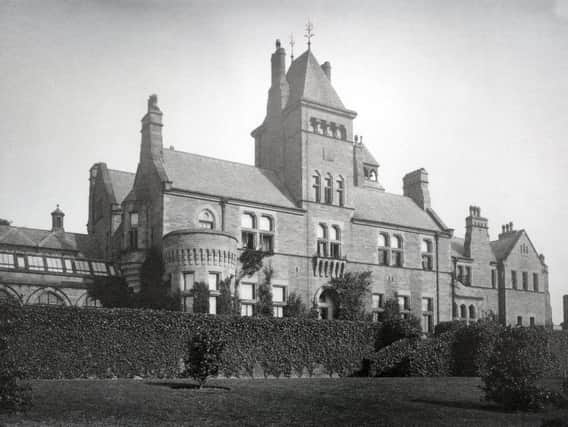

But Milner Field, in Saltaire, is now a 'lost' mansion - razed to the ground because of the tragic fates of the people who lived there.
A walk route that will take you past Milner FieldBuilt for the son of philanthropic mill baron Sir Titus Salt, it hosted royalty during its brief period of occupancy before falling into ruin.
Advertisement
Hide AdAdvertisement
Hide AdLocal historians on the legend of the lost house of SaltaireNow, a few remnants of the brickwork that once formed this great house stand forgotten in a woodland clearing at Shipley Glen, overlooking the valley where the family's wool empire was based.
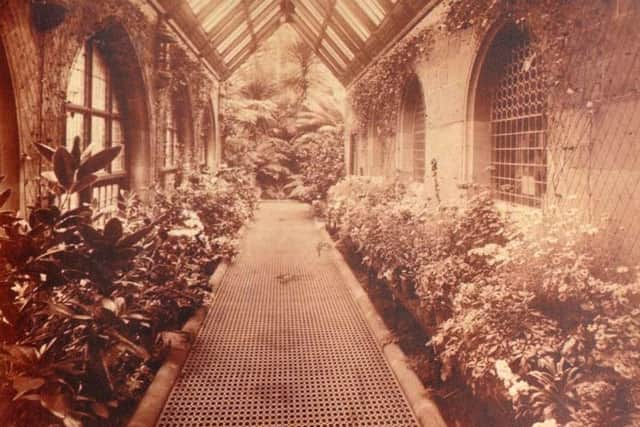

Saltaire: A community that thrived long after the mill had goneTitus Salt Jnr commissioned the house in 1873, soon after he had married Catherine Crossley, a daughter of the Halifax carpet manufacturing dynasty.
It had an octagonal kitchen based on Glastonbury Abbey's, an orangery, a billiard room decorated with medieval court scenes, a croquet lawn and an 81ft domed glasshouse.
The then-Prince of Wales, the future King Edward VII, visited as did Princess Beatrice, the youngest daughter of Queen Victoria.
Advertisement
Hide AdAdvertisement
Hide AdBut tragedy struck when Sir Titus Jnr died in the billiard room in 1887, having been diagnosed with a heart condition two years earlier. By this point, the business was struggling - exports to America were affected by steep tariffs, and changing fashions meant there was less demand for wool. Badly-judged investments in mining and iron production in America exacerbated the financial difficulties. He had lived in the house for just 18 years.
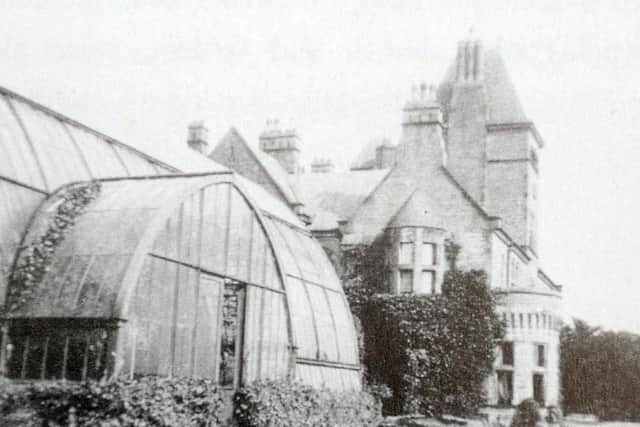

The Salts Mill empire and Milner Field passed into the hands of Sir James Roberts, a self-made wool baron from Haworth who began working in mills at the age of 11. He was initially successful in running the business, but the curse of Milner Field seemed to dog his family.
Three of his four sons died in just a 14-year period between 1898 and 1912; the eldest, William, of pneumonia aged 24, the second, Bertram, of a nervous illness aged 36 and the youngest, Jack, drowned while on holiday in Ireland as a child. The surviving son, Harry, was badly injured in the First World War, and a nurse whom he had met in hospital and married died in the global influenza pandemic while pregnant.
Sir James's daughter Alice had eloped with medical student Norman Rutherford, the son of a local doctor in Shipley, in 1902 and married him in Scotland. He later became a decorated war hero, but in 1919 he shot and killed Alice's alleged lover, Major Miles Seaton. He was found guilty and sent to Broadmoor psychiatric hospital, but was later released and returned to Yorkshire.
Advertisement
Hide AdAdvertisement
Hide AdSir James also had a second daughter, May. Bertram had four children at the time of his death, after which his brother Harry took over the management of the mill until he was conscripted into the army. He never returned to the business after his war injury and retired to a farm in Jersey. Bertram's eldest son, James Denby, inherited the business and baronetcy. Since 1911, the Roberts family have lived at Kilnsey Park in Wharfedale, which was once a sheep farm run by the monks of Fountains Abbey.
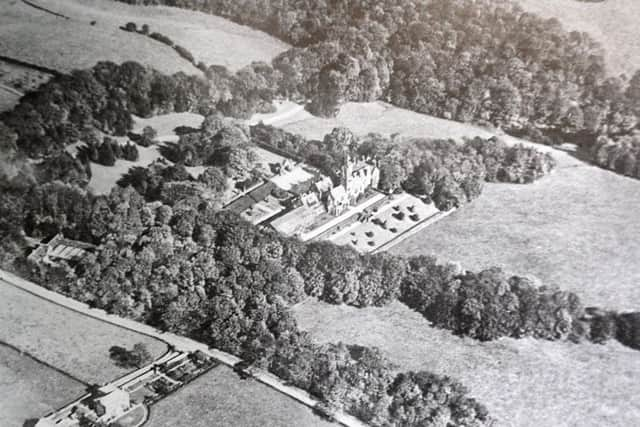

There were several unusual and premature deaths among the families who subsequently lived at Milner Field, and the house became difficult to sell or let as its ghoulish reputation grew.
Ernest Gates moved in in 1923, but lost his wife to illness just weeks later. Two years later, he died of blood poisoning after cutting his foot - rumours were that he either scratched it on a rose bush or injured it with a golf club.
The final owner, Arthur Remington Hollins, took up residence in 1925 - both he and Gates had been managing directors at Salts Mill. His wife Anne died of pneumonia at 43 less than a year later, and three years later Arthur died on holiday from an irritation of the gall bladder.
Advertisement
Hide AdAdvertisement
Hide AdThe house was abandoned by 1930 and never occupied again. It was even raided for building materials to repair the mill, and during the Second World War was used by the Home Guard for grenade training.
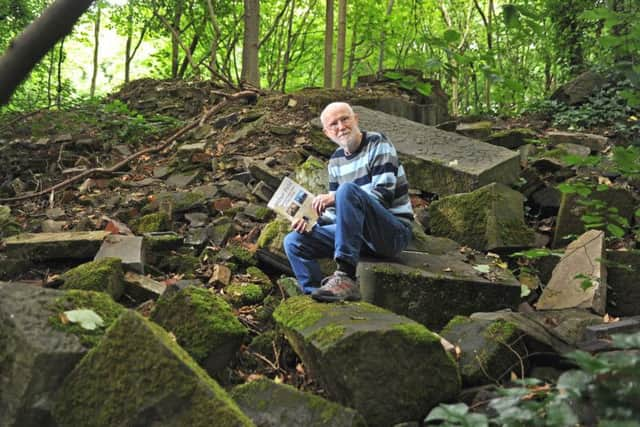

It was demolished in the 1950s, although many locals struggle to remember exactly when.
Traces of the mosaic floor from the giant conservatory can still be seen, and the entrances to the cellars. The site of the mansion is completely overgrown.
One of the entrance lodges, North Lodge, survives and has been restored. The model farm established by Sir Titus Jnr also remains operational.
Sir Titus Jnr and Catherine's grandson, Nick Salt, is still involved in the preservation of the site.